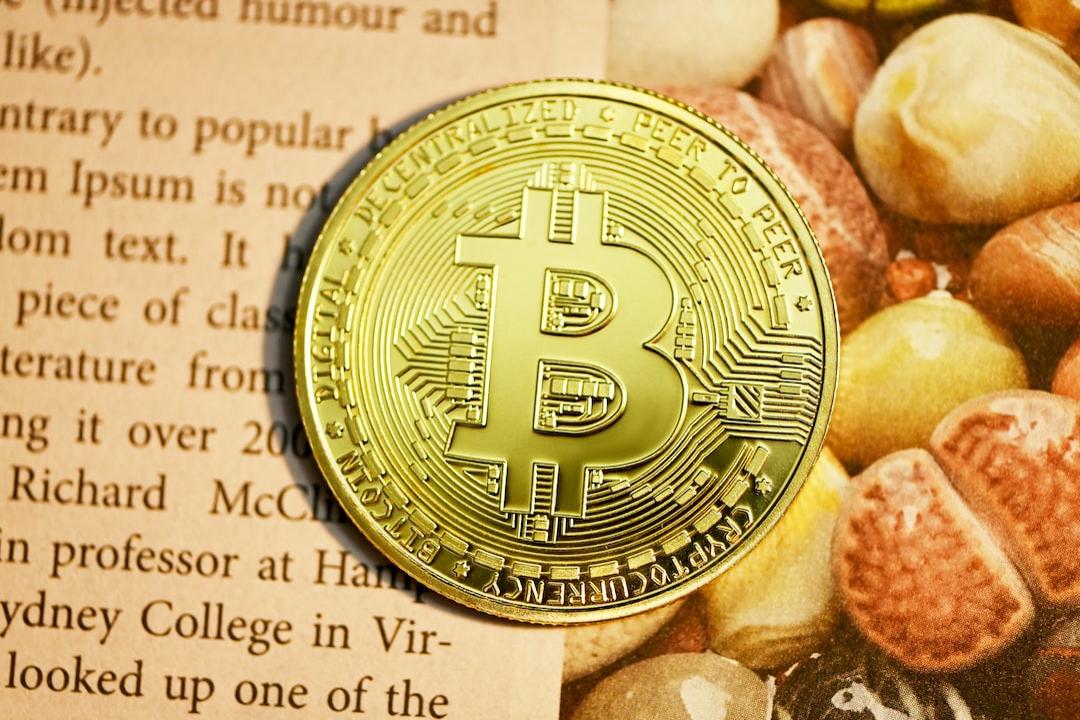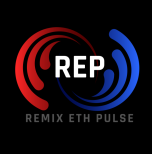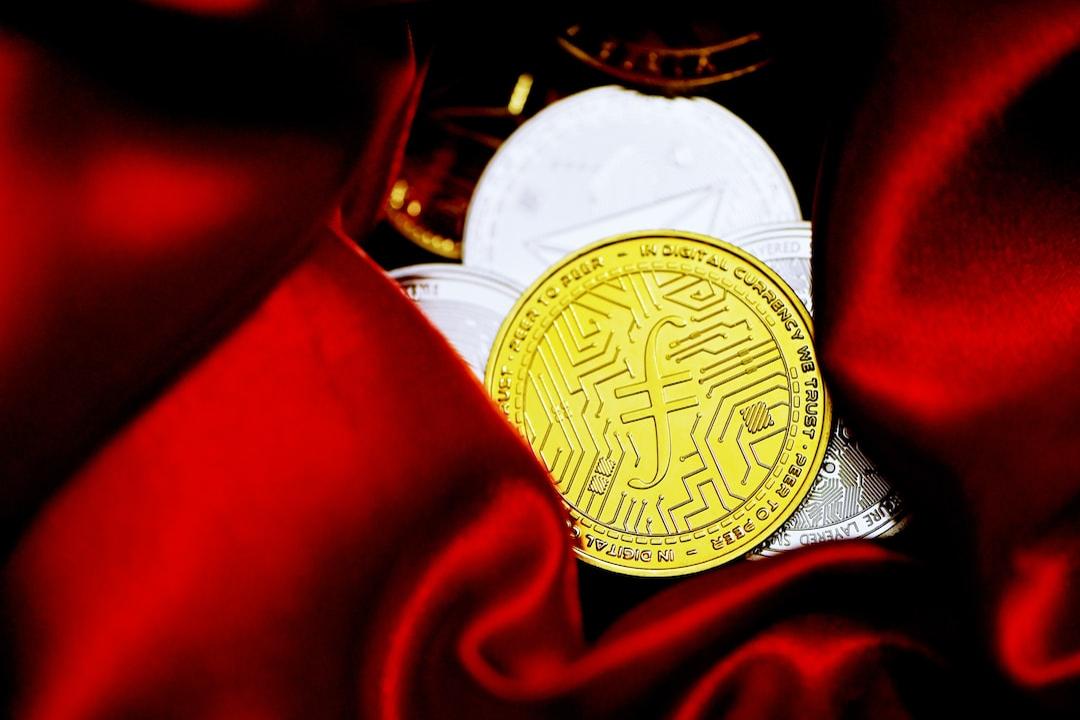Forget to Bring Cards or Change When Taking the Metro or Bus? The “Ride Code” That Can Be Used with Your Phone Has Become a New Payment Option.
What is the TWQR Ride Code?
The “TWQR Ride Code,” launched in collaboration with iPass and the Financial Information Company, officially went live on March 24. Its goal is to unify payment standards for buses, metro, light rail, and ferries. The first wave of participating financial institutions includes eight public banks such as Taiwan Bank and Land Bank, as well as Chunghwa Post. Users can simply open their existing banking app, display the ride code, and after scanning it, the fare will be directly deducted from their account.

The launch ceremony for the “TWQR Ride Code” was held on the 24th, featuring (from left to right) Lin Kuo-Liang, Chairman of the Financial Information Company; Wu Gui-Hua, Executive Director of the Central Bank; Chen Yen-Liang, Deputy Commissioner of the Financial Supervisory Commission; Wang Hong-Rong, Deputy Secretary-General of Kaohsiung City; Liao Tai-Hsiang, Chairman of iPass; and Yang Yue-Kun, Chairman of Kaohsiung Metro.
Image / iPass
Chen Yen-Liang, Chairman of the Financial Supervisory Commission, stated that in the future, passengers using public transport will no longer need to carry credit cards, prepaid cards, or cash; they can simply open their phones to scan the ride code for payment. This not only represents an advancement in financial technology but also provides the public with more diverse and convenient payment options.
What is the TWQR Ride Code? Where Can It Be Used?
The TWQR Ride Code, jointly launched by iPass and the Financial Information Company, is an extension of the TWQR inter-institutional electronic payment sharing platform initiated by the Financial Information Company in 2023, now applied to the transportation field.
Currently, public transport options supporting TWQR ride code payments include:
Kaohsiung Metro, Kaohsiung Light Rail, Taichung Metro, New Taipei Metro (Tamsui Light Rail), and buses and ferries in various counties and cities.
In addition to iPass already offering ride code payment services, the first wave of financial institutions that have opened the TWQR ride code includes Taiwan Bank, Land Bank, Cooperative Bank, First Bank, Hua Nan Bank, Chang Hwa Bank, Mega International Commercial Bank, Taiwan Business Bank, and Chunghwa Post. More private banks or electronic payment institutions are expected to join in the future.
Lin Kuo-Liang, Chairman of the Financial Information Company, stated that they are already in discussions with overseas payment providers and hope that international travelers visiting Taiwan will also be able to use the TWQR platform for transportation payments, enhancing the friendliness of Taiwan’s digital payment environment.
Will Taipei Metro Support QR Code Scanning in October, Making Ride Code Services More Accessible?
As the first electronic payment provider in Taiwan to offer QR Code ride codes, iPass has collaborated with the Financial Information Company to launch the TWQR ride code and serves as the acquirer for transportation operators, with the primary task of assisting financial institutions in producing a unified specification for the TWQR ride code.

The TWQR ride code service is officially open; passengers can scan codes to board metro, light rail, buses, and ferries.
Image / iPass
Previously, the TWQR commonly seen in restaurants and stalls primarily used the “active scan” mode, where merchants display the same QR Code, allowing consumers to complete payments by actively scanning. In contrast, the TWQR ride code adopts a “passive scan,” enabling users of participating institutions to open their existing apps, generate a ride code QR Code, and quickly pass through the station after displaying it for scanning.
In other words, the core of the TWQR ride code payment standard lies in whether different operators can instantly produce a unified format barcode for transportation operators to scan. As a pioneer in electronic ticketing, iPass has fully integrated various transportation fields, thus becoming a key player in jointly formulating the ride code standards with the Financial Information Company.
Other electronic payment providers offering QR Code ride codes include Jkopay, EasyCard, and iCash Pay, each supporting different public transport systems, with usage limited to their respective integration progress. On the other hand, the Taipei Metro, as the largest urban rail transport system in the country, is expected to officially support ride code scanning only after the launch of the new generation of gates in October, which is also one reason for the slow pace of ride code service proliferation domestically.
With the official launch of the TWQR ride code, whether it can integrate more transportation options, attract more electronic payment and financial institutions to join, promote the true integration of domestic transportation payment standards, and accelerate the popularization of ride code services among electronic payment providers remains to be seen.
This article is a collaborative reprint from: Digital Age

